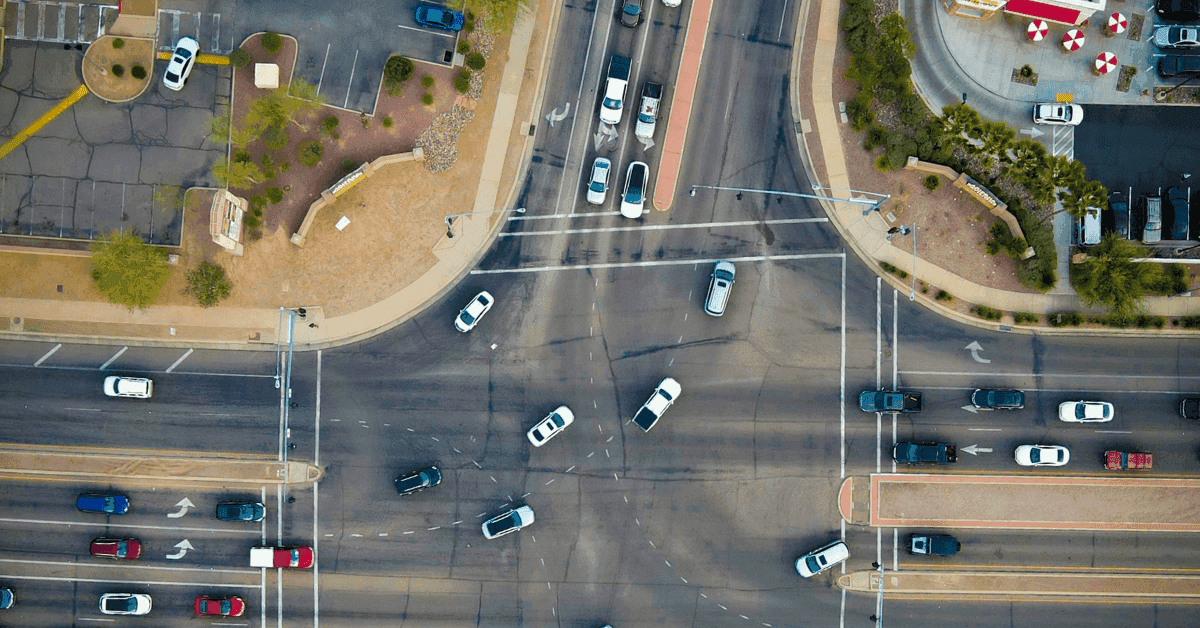
News
By State Smart Transportation Initiative, September 18, 2024
The vast amount of underused parking spread across our communities has not only led to wasted space, stifled development, and higher costs—a topic discussed in a previous post in this series—but it has also encouraged more driving, even in otherwise walkable places with plenty of options for getting around. Cities, towns, and even individual business owners can seize this as an opportunity to encourage a much more balanced and efficient transportation landscape.

Research tells us that the price and availability of parking are some of the most important factors influencing people’s decisions for how to get around, especially in areas where there are good alternatives to driving. This is true in New York City, where guaranteed parking spots lead more folks to drive, and it became apparent in several smaller cities as parking took up an increasing amount of space in their downtowns. That means more parking leads to more car travel and everything that comes with it (traffic, crashes, pollution, and other impacts).
Fortunately, that also means parking management can also be an important tool in supporting more livable cities and towns. The traditional thinking behind minimum parking requirements and similar regulations is that every development will attract a predictable number of drivers, and property owners should be responsible for providing everyone space to store their car, usually for free, even during the busiest times of the year. That is like guaranteeing free flights and expecting airlines not to be overwhelmed every holiday season.
Transportation demand management strategies (aka, Modern Mitigation) flip that thinking. This approach recognizes that with the right policies in place—parking management paired with incentives to walk, bike, or use transit—people will often choose not to drive or use the available parking more efficiently. This ultimately lowers traffic, and bolsters walking, biking, and transit use, meaning neighborhoods and downtowns are safer, more environmentally sustainable, and more equitable for anyone who cannot drive or chooses not to.
Learn more about the impact of parking on our communities in our series, Parking minimums: A barrier to smart growth.
The above post was written by Chris McCahill, Managing Director of the State Smart Transportation Initiative, a program of Smart Growth America and High Road Strategy Center.
Related News

© 2025 Smart Growth America. All rights reserved
Site By3Lane Marketing




















